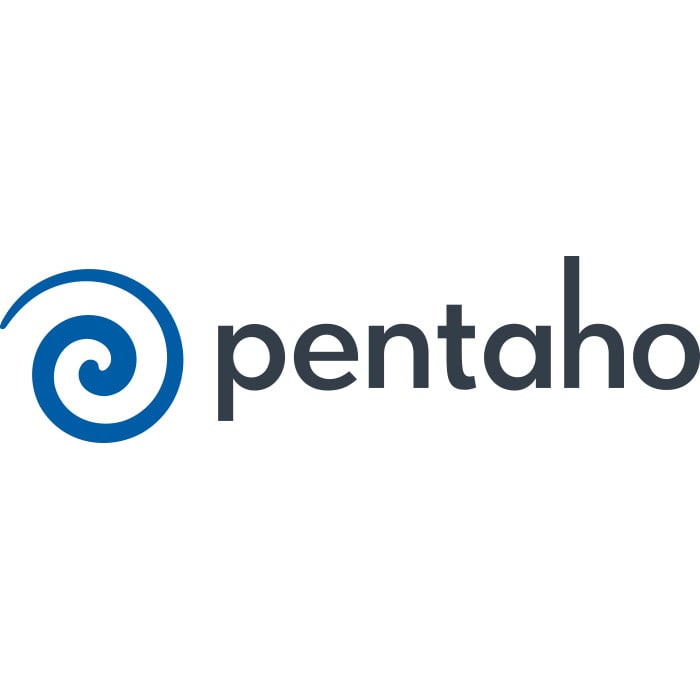

You can see the data you've selected (green), the data that is relevant to other selections (white - linked data) as well as the data that is not associated (gray - non-linked data) - all with in one view. The power of "green, white and gray" - in our selection scheme - allows uses to explore ALL relevant data freely in one place, without the need to set up predefined paths, parameters and links as you may do with traditional BI tools - or - without the process of creating / managing a semantic layer - so rapid prototyping and deployment can be easily achieved and drilling to detail is automatic. With QlikView, data is automatically associated in-memory and calculated and aggregated on the fly as a user interacts with the visual objects and filters. The power is in the QlikView engine, the development process, its associative data model, its performance factor and its interface(s) that users can easily understand.

Which is then used with QlikView interface(s) / tools to create dashboards and explore data.

Initially, extracting and combing data from single and multiple sources is for simply loading the QlikView in-memory data model. It offers a hybrid data model combining both in-memory and direct data access. Direct Discovery is usually for specific use cases - used with Big Data (SAP Hana, Teradata, Google BigQuery) or when real-time data information is needed. However, QlikView can perform direct analysis on the source if needed with our Direct Discovery feature. Able to visually associate raw data and derive information from its "surroundings".ĭuring analysis and interaction with QlikView, it does not pass SQL to an underlying RDBMS or use a traditional BI semantic layer - therefore making it very performant and non-dependent on the source data system. It works the way the human mind works, associatively. QlikView's unique capability is in the associative engine that relates data in-memory and allows for a more natural way of exploring data and making decisions providing unmatched performance and the ability to ask that next unprecedented question. In fact it has been stated by Gartner that: "By 2015, the majority of BI vendors will make data discovery their prime BI platform offering, shifting BI emphasis from reporting-centric to analysis-centric." Though they may be seen together in the BI Gartner Magic Quadrant, they fundamentally work differently. QlikView provides a "Business Discovery" platform (Qlik has been credited by Gartner for coining the term) - what Gartner refers to as Data Discovery. Simply stated and in all fairness - you cannot really compare the two products 1:1 or have them share the same category. but will provide links out for you to follow so you can see it in action. might have changed since I left but software-wise things are still pretty much the same.įirst I'll describe the difference and uniqueness of QlikView - I won't get into too much detail about the architectures and development etc. Please note that some of the names / ownership / positioning etc.

I will provide some high-level, objective and impartial bullets. I worked for Pentaho for a little over 4 years.


 0 kommentar(er)
0 kommentar(er)
